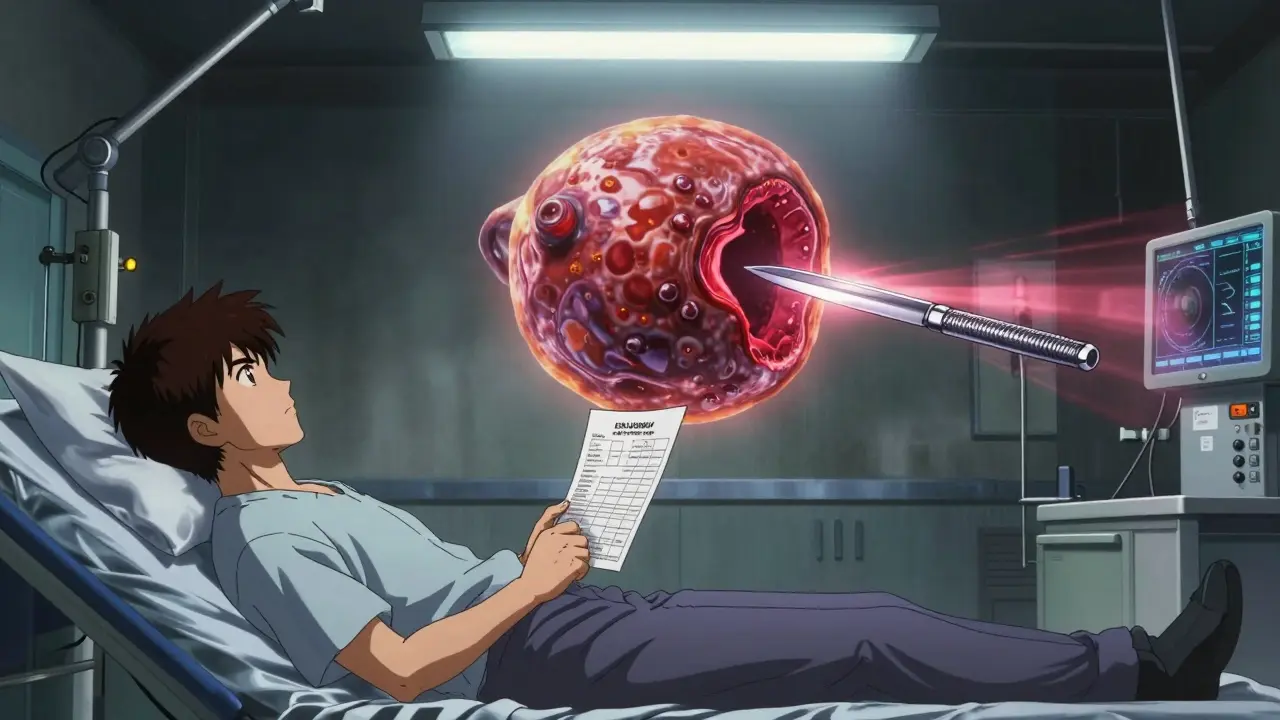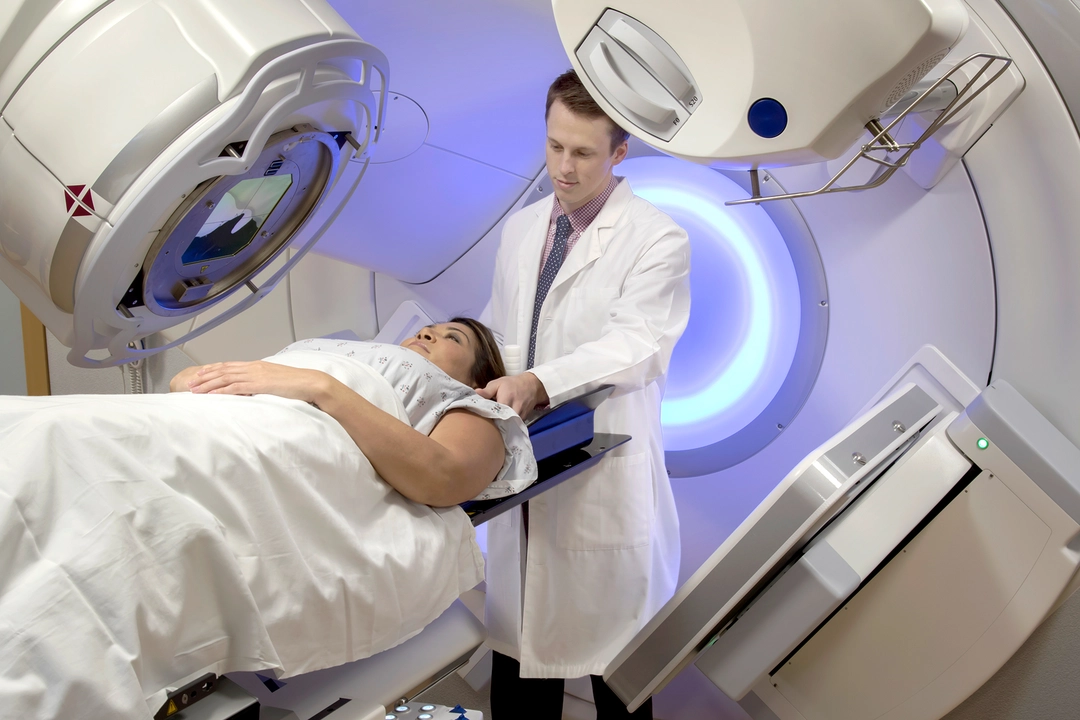Radiation Therapy: What You Really Need to Know
Radiation therapy sounds intense, but it’s actually a pretty common treatment for different types of cancer. Most people who get it just want straight answers—how it works, what the experience is like, and what hurdles to look out for. If you or someone you care about is about to start radiation, you probably want the facts without any sugarcoating.
So, what’s radiation therapy? In simple terms, it uses focused high-energy rays (it’s not like X-rays for a broken arm; this is much stronger) to kill or shrink cancer cells. Doctors might use it on its own, or mix it with other treatments like chemotherapy or surgery. For a lot of cancers—think breast, prostate, or head and neck—radiation is a main weapon.
It’s not one-size-fits-all. There are a few types: external beam (the most common, where a machine aims beams at the tumor), internal (called brachytherapy, where radioactive material is put close to the cancer inside your body), and sometimes, even radioactive drugs that go through your blood. The goal is to zap the bad cells while sparing as much healthy stuff as possible, but the side effects can still be a thing.
Worried about side effects? Every patient wonders about this. The most typical ones are skin issues (kind of like a sunburn), fatigue, and sometimes hair loss in the treated area—not all over your head. Other effects depend on where you’re getting treated. For example, people with head and neck cancer may get dry mouth or trouble swallowing, while pelvic radiation sometimes messes with your bowels or bladder. Most side effects show up gradually and usually get better after treatment ends, but not always overnight.
Doctors often encourage patients to keep moving, as gentle exercise can help with fatigue. Staying on top of skin care is important—your care team will have specific tips, but usually it’s as simple as gentle soap, no heavy lotions, and avoiding hot water. Eating enough and staying hydrated counts for a lot too—some folks lose their appetite or notice changes in taste.
You don’t have to tough it out alone. People who ask questions—about the process, about what their body is doing, about the weird symptoms that pop up—are much more likely to stay on track and avoid problems. Healthcare teams are used to answering practical stuff, not just medical jargon, so don’t be shy. Sometimes, keeping a side-effect diary helps you spot patterns and gives your medical team real info to fine-tune your care.
Radiation can be overwhelming, but there’s no award for ‘best patient’ here. Being honest about how you feel and what you’re dealing with helps everyone. For some, connecting with others who’ve been through it makes a big difference—plenty of cancer support groups welcome questions about radiation, both online and in person.
If you need more details on the drugs, supplements, or other cancer care tips, check out more resources on DrugRevenue.com. Being prepared and talking openly turns a daunting treatment plan into something you can manage—step by step.
Radiation vs. Surgery: Choosing the Best Local Control Strategy for Cancer
Radiation and surgery are both effective for localized cancers like prostate and lung cancer. Learn how they compare in survival rates, side effects, recovery time, and who benefits most from each option.
The Role of Radiation Therapy in Leukemia Treatment
As a blogger, I recently delved into the role of radiation therapy in leukemia treatment. Radiation therapy, often used alongside chemotherapy, plays a crucial part in targeting and destroying cancer cells. It can be applied as a whole-body treatment or focused on specific areas where leukemia cells have accumulated. Although it comes with side effects, radiation therapy has proven to be an effective weapon in the battle against leukemia. In conclusion, this treatment is a valuable component in the fight against this aggressive blood cancer.

